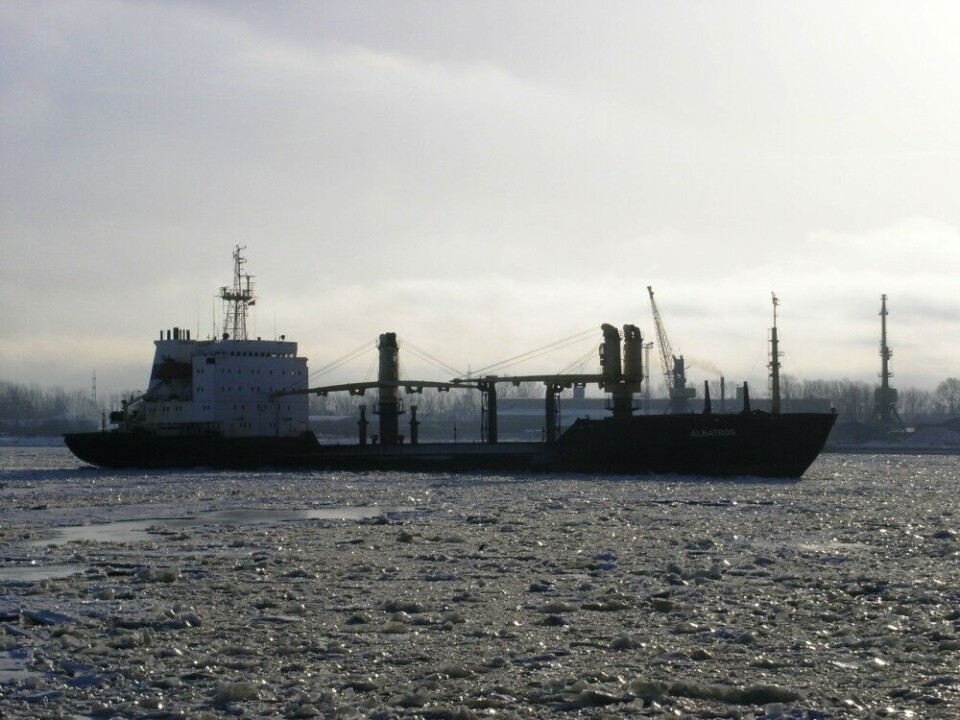
New Polar Code takes centre stage at Arctic Shipping summit in Montreal
About 50 shipping and marine industry representatives, experts and government officials gathered in Montreal this week to discuss recent changes in the maritime shipping in the Arctic.
Text: Levon Sevunts
The International Maritime Organization’s Polar Code, which came into effect on Jan. 1, was one of the main topics discussed at the two-day 10th Arctic Shipping Summit.
The Polar Code, developed by the United Nations agency responsible for regulating maritime shipping, sets out international standards for operating ships in the two polar regions of the Earth.
The Arctic region, which has witnessed a dramatic reduction in sea ice coverage due to rapid climate change, has seen a steady growth in maritime traffic – from cargo vessels to cruise ships, including the well-publicized case of luxury cruise ship Chrystal Serenity, which in 2016 became the largest passenger vessel to ever sail the famed Northwest Passage.
With the shipping season becoming longer due to receding sea ice, the Arctic has the potential to become the “new Mediterranean,” as shipping companies increasingly try to take advantage of the shorter distance from Asia to northern Europe afforded by the Arctic sea routes, said Capt. Mohamed A. Essallamy, head of Maritime Studies and Research at the Arab Academy for Science, Technology and Maritime Transport, in Egypt.
However, the Polar Code, which now governs certain aspects of navigation in Arctic waters, needs to be further refined and expanded, said Essallamy in his presentation.
For instance, the code excludes a large portion of the geographic Arctic Circle, a 33-million-square-kilometre area located north of 66ᴼ and 32’ parallel, he said.
The area not covered by the code includes vital shipping and trade routes, including the Russian Arctic port of Murmansk and 9 busy ports on the northwestern coast of Norway, said Essallamy.
The code also needs to be tightened when it comes to safety and environmental concerns, he said.
Contact with ice and cold water may affect hull structure, ship’s stability, integrity, its machinery systems, navigation, and performance of the crew, said Essallamy. Survival time and performance of safety equipment, such as life boats, are significantly affected by low temperatures. Yet most life boats are not designed for Arctic conditions, he said.
Extended periods of darkness or daylight may also affect navigation. And the region’s remoteness, coupled with technological difficulties in communicating in the higher latitudes, compound difficulties in any search and rescue operations, said Essallamy.
This means that all ships operating within the Arctic Circle “with no deduction” need to be treated as polar ships, he said.
Yet more than 40 per cent of vessels passing through Arctic waters in 2013 were non-ice class ships, said Essallamy. And more than a quarter of the ships plying the Arctic waters were designed to operate in non-Arctic conditions, he added.
Participants also heard presentations on a wide variety of topics from environmentally friendly lubricants for Arctic conditions, safe navigation in Arctic waters, Arctic cruise ship industry, to challenges of insuring Arctic-bound ships.
This story is posted on Independent Barents Observer as part of Eye on the Arctic, a collaborative partnership between public and private circumpolar media organizations.















